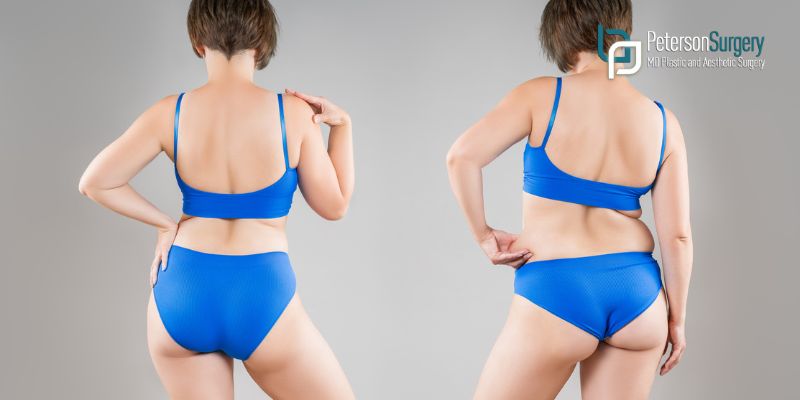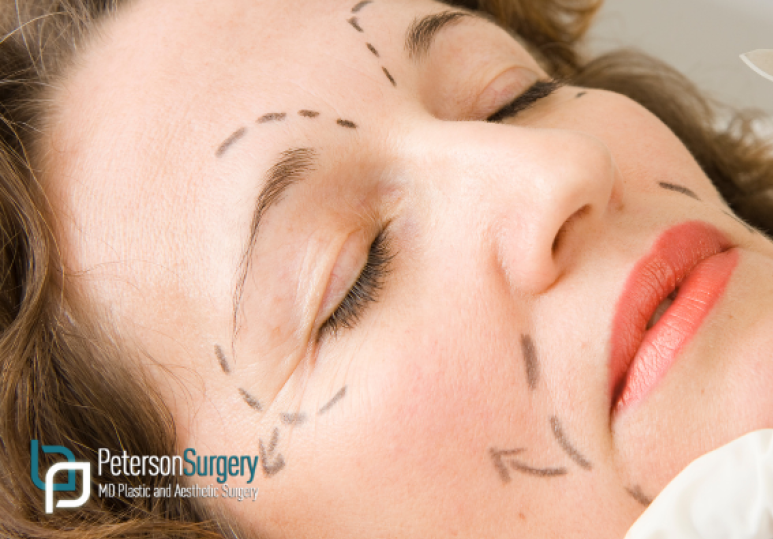In the picturesque Okanagan, where wellness and active lifestyles are cherished, many people are exploring ways to achieve their ideal body shape. Whether through traditional weight loss methods or advanced body contouring procedures, the goal is often the same: to feel confident and comfortable in your own skin. But how do you decide which approach is best for you? In this blog, we’ll explore the key differences between traditional weight loss and body contouring, and help you understand which option might align with your personal goals.
Traditional Weight Loss: A Long-Term Commitment
Traditional weight loss is typically achieved through a combination of diet, exercise, and lifestyle changes. This approach focuses on reducing overall body fat and improving general health. For many, traditional weight loss is a journey that requires patience, consistency, and dedication. It’s about creating sustainable habits that lead to gradual weight loss over time.
One of the main advantages of traditional weight loss is its broad health benefits. Regular exercise and a balanced diet not only help with weight management but also improve cardiovascular health, reduce the risk of chronic diseases, and boost mental well-being. However, it’s important to recognize that even with significant weight loss, some individuals may still struggle with stubborn fat pockets or loose skin that don’t respond to diet and exercise alone.
For those who are committed to a long-term lifestyle change and are focused on overall health, traditional weight loss may be the right path. But for others who have already achieved a healthy weight but are dissatisfied with certain areas of their body, body contouring might be a more suitable option.
Body Contouring: Targeted Solutions for Specific Areas
Body contouring, on the other hand, is a medical or surgical approach designed to reshape specific areas of the body. Unlike traditional weight loss, which reduces overall body fat, body contouring focuses on targeting and eliminating stubborn fat deposits or excess skin that are resistant to diet and exercise.
One of the most significant advantages of body contouring is its ability to provide immediate and noticeable results. Procedures such as liposuction, tummy tucks, and non-surgical fat reduction can significantly improve the appearance of specific areas, creating a more sculpted and toned look. For individuals who have worked hard to lose weight but are still unhappy with their body shape due to problem areas, body contouring offers a solution that traditional weight loss cannot.
Moreover, body contouring can be customized to each patient’s unique needs. Whether it’s contouring the abdomen, thighs, arms, or other areas, these procedures are tailored to address the specific concerns of each individual. This personalized approach allows patients to achieve their desired results more precisely and effectively.
Combining Both Approaches for Optimal Results
While traditional weight loss and body contouring each have their distinct benefits, they are not mutually exclusive. In fact, combining both approaches can often lead to the most satisfying results. For example, many patients choose to undergo body contouring after achieving significant weight loss to refine their results and address any remaining areas of concern.
Body contouring can also complement traditional weight loss by providing motivation and encouragement to maintain a healthy lifestyle. After seeing the immediate improvements from a body contouring procedure, patients are often inspired to continue their healthy habits to preserve their new shape.
It’s also worth noting that a comprehensive consultation with a qualified surgeon, like those at Peterson Surgery in Okanagan, can help you determine the best combination of treatments to meet your goals. The team at Peterson Surgery understands that every individual is unique, and they are committed to helping you make informed decisions about your body.
Deciding between traditional weight loss and body contouring is a deeply personal choice that depends on your individual goals, lifestyle, and health. Traditional weight loss is ideal for those seeking overall health improvements and long-term results, while body contouring offers a targeted solution for stubborn areas that resist traditional methods.
At Peterson Surgery, we’re here to support you in making the decision that’s right for you. Whether you’re interested in exploring body contouring options or simply seeking advice on your weight loss journey, our compassionate team is ready to help you achieve the confidence and body shape you desire. Remember, the path to feeling your best is unique to you, and we’re here to guide you every step of the way.
Written on behalf of Peterson Surgery.
FAQs
Q: Is body contouring permanent?
A: Body contouring results are long-lasting, especially if you maintain a stable weight. However, significant weight gain or loss can affect the results, so a healthy lifestyle is recommended.
Q: What’s the difference between surgical and non-surgical body contouring?
A: Surgical options, like liposuction and tummy tucks, involve incisions and more significant changes, while non-surgical options use techniques like cryolipolysis (fat freezing) or radiofrequency to reduce fat without surgery.
Q: How much downtime is required after body contouring?
A: Downtime varies depending on the procedure. Surgical options may require a few weeks of recovery, while non-surgical treatments often have minimal to no downtime.






